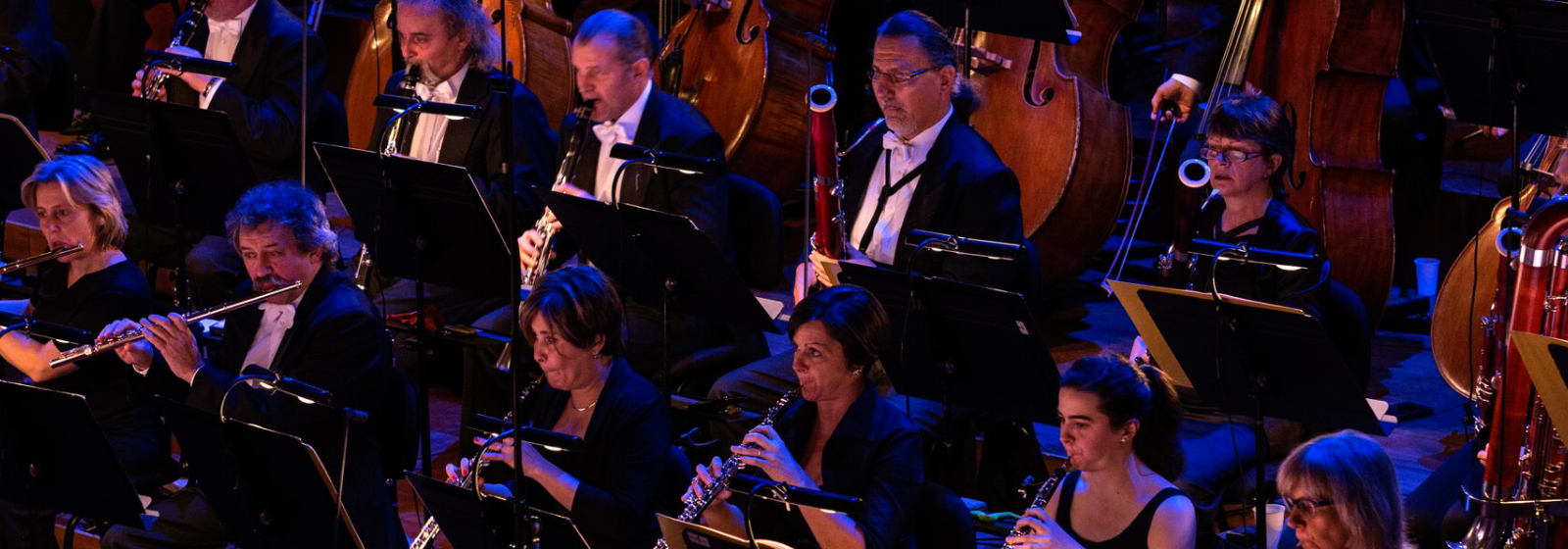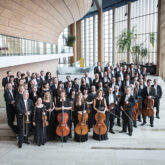
Budapest
RAVEL-KOCSIS, RACHMANINOV, DOHNÁNYI
Zoltán Kocsis Season Pass 4.
RAVEL-KOCSIS: Le tombeau de Couperin
By his own admission, Ravel already imagined hearing certain orchestral tones in the movements of Le Tombeau de Couperin from the earliest days of the work’s composition, primarily that of the oboe, which naturally led to the arrangement of the series originally intended as a piano work into four movements. It is more than likely that instrumentation for a relatively small orchestra was attractive to Ravel to allow the work to be performed more widely, so it should come as no surprise that the Fugue and Toccata were omitted from the piece, the former perhaps for structural reasons, the latter probably due to the instrumentation required. In terms of its content, the Fugue is more reminiscent of the music of some form of consort from the middle ages, while the Toccata demands a large ensemble by its very nature. (Zoltán Kocsis)
SERGEI RACHMANINOV: Symphonic Dances
Symphonic Dances, bearing the opus number 45, is Sergei Rachmaninov’s last work and was composed between 22 September and 29 October 1940. However, it draws in part on music conceived a quarter of a century earlier. In 1915, the composer determined to write a ballet entitled ‘The Scythians’ , and although the plan never bore fruit, some musical ideas survived from the early drafts and found their way into the Symphonic Dances. During composition, Rachmaninov gave his new piece the working title of ‘Fantastic Dances’, but he later rechristened the work having learned of Shostakovich’s 1922 work ‘Three Fantastic Dances’. At the same time, the movement titles of ‘Noon’, ‘Twilight’ and ‘Midnight’ also fell by the wayside. The work, now with its final title, was premiered by Jenő ‘Eugene’ Ormándy as conductor of the Philadelphia Orchestra on 3 January 1941.
The Symphonic Dances not only draws upon the uncompleted ballet ‘The Scythians’, it also features elements of Russian folk music and Latin and Orthodox ecclesiastical choral music, and we can even detect the influence of Rimsky-Korsakov’s The Golden Cockerel behind the main section of the first dance. The movement is closed by the characteristic fatalistic motif from Rachmaninov’s own first symphony. There is perhaps a similarly intentional reference concealed in the unmistakable waltz-like character of the second dance, which cannot fail to remind the listener of Tchaikovsky, but more serious musical scholars will also note fragments of several Kazakh folk songs (which were certainly familiar to Rachmaninov) among the motifs of this movement. The ecclesiastical melodies of the third movement mentioned previously appear in the third movement: following the confluence of Orthodox song with the Dies irae, it is as if the finale were announcing the triumph of faith over death. This interpretation is supported by the note inscribed by the composer at the end of the score: “Thank you, Lord.”



